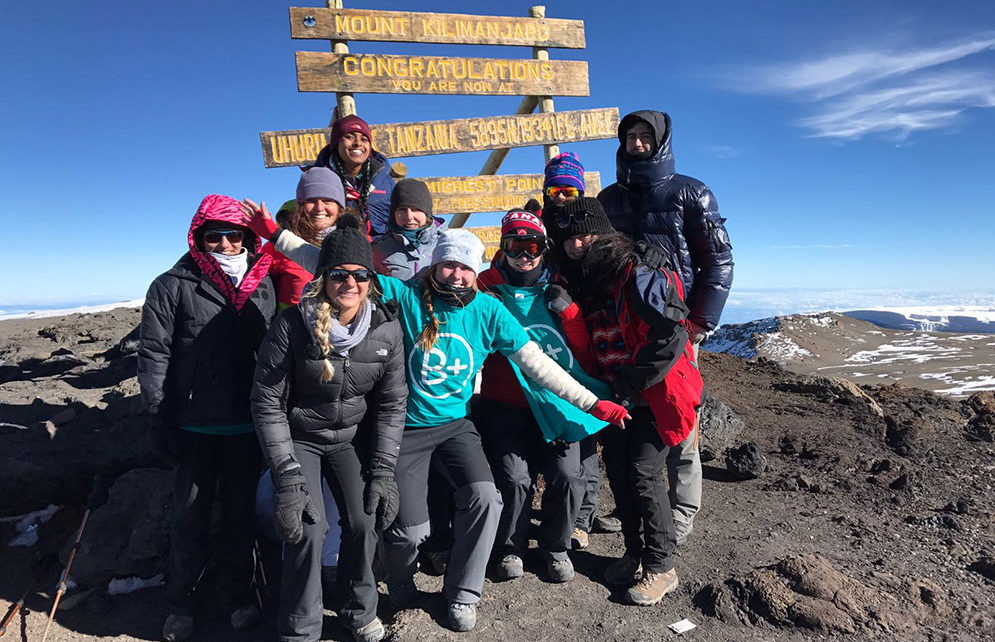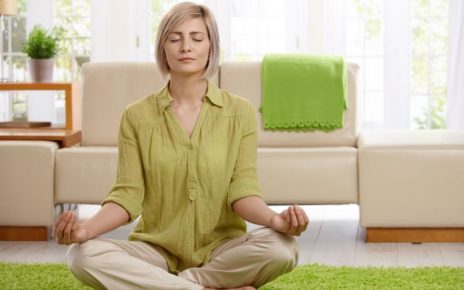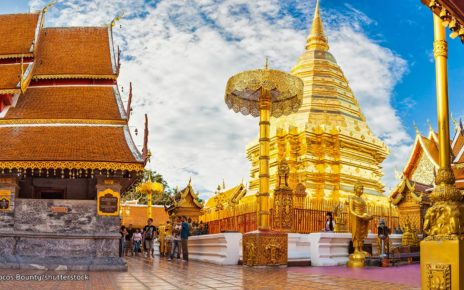So, you’ve made a decision to take on the task of tackling Africa’s highest peak? Next, you need to take into account the optimum time to climb Kilimanjaro, in conditions of weather, trekking conditions and acceptance.
Although it’s technically possible to trek Tanzania’s Mount Kilimanjaro year round, there are specific months that are characterised by colder weather, more rain and potentially lots of snow on the summit.
We generally advise that the best time to climb Kilimanjaro is through the warmest and driest times of time, from December to mid-March and mid-June to the end of October.
However, although they are considered to be the best times to climb the pile in conditions of weather, also, they are the busiest a few months.
Here, we breakdown Kilimanjaro climbing season, off-peak alternatives and times to avoid, plus other factors to consider, and that means you can plan the best time to defend myself against this mountain excursion.
January and February are two of the greatest months to climb Support Kilimanjaro and for that reason also typically the most popular. They are the warmest months, so you can expect clear, sunny skies in the mornings and evenings, however clouds may appear in the afternoons and you’ll experience some rain.
Climbing Kilimanjaro in March, April & May
The long rainy season starts by the end of March and continues through to early June. We do not advocate climbing Kilimanjaro during this time period, as the trails can be very damp, muddy and snowy.
Climbing in the rain may very well be less enjoyable and means you’ll miss out on the spectacular views and photo opportunities. On the other hand, if you carry out choose to trek at the moment of season, you’ll all the crowds on the trails (even the most popular routes may offer solitude, peace and tranquillity) and at the campsites.
What’s more, a lot of people relish the idea of climbing Kilimanjaro when the summit may very well be snow-capped, as this may add yet another element of task (as well as beautiful landscapes) to your pile trekking adventure.
Climbing Kilimanjaro in June
June sees the transition from the rainy season to the dry season, which means this month is commonly much drier than March, April and could. However, you ought to be prepared for winter and the skies are usually still cloudy, meaning you won’t necessarily have such impressive views.
From July until the end of October, conditions are generally colder, but much drier than the prior months. Whilst there’s a potential for getting rained on throughout the year, especially as you trek through the rainforest and moorlands, typically precipitation is low and infrequent.
If you remain dry, you’ll be more comfortable and the trek is a more fun experience overall. Another good thing about climbing during these months is the fact that you’ll have clear and sunny skies, and spectacular views.
The disadvantage of trekking of these months would be that the trails may become quite occupied, however many people welcome the possibility to speak to other groups at the campsites. In the end, team spirit is vital for pushing yourself to the summit.
Climbing Kilimanjaro in November
Tanzania’s brief rainy season begins at the start of November and remains until the starting of December. Afternoon rains are normal, but you can get clear skies in the mornings and evenings. This is not considered an ideal month to trek Mount Kilimanjaro, as conditions can be quite moist, muddy and slippery.
Climbing Kilimanjaro in December
The short rainy season often runs into December, financial firms still a favorite time for you to climb Support Kilimanjaro.
Climbing Kilimanjaro During Full Moon
Throughout a full moon, the summit of Mount Kilimanjaro is specially beautiful. The glaciers are lit up by the bright moon and the views are absolutely stunning. Another good thing about trekking at this time would be that the moonlight will improve your visibility throughout your trek, most importantly during your last ascent to Uhuru Optimum.
Although you won’t need to reach the summit on the precise full moon date to take good thing about the moonlight, many people desire to reach Uhuru Maximum when the moon is at its fullest.
If you do desire to summit on a complete moon, a seven-day climb should start five times prior to the full moon time frame and an eight-day climb should start six times before the full moon date. Book well beforehand, as only a restricted number of individuals are allowed on the hill at any time and these schedules are incredibly popular.
If you’re searching for a quieter trek – and a sky packed with bright celebrities – we advise that you avoid the entire moon period altogether.



